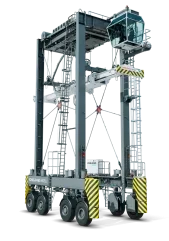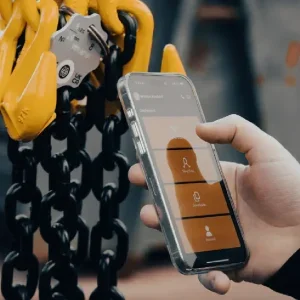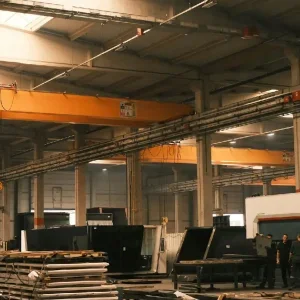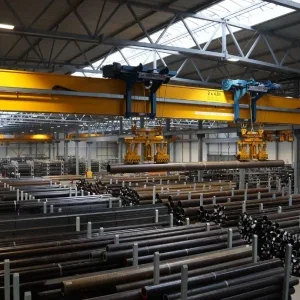
Konecranes Noell Straddle Carriers have been redesigned around three power options – hybrid, battery and hydrogen – and are now available with power modularity that is easily interchangeable with a minimum of downtime. As container terminals make the transition to low-carbon operations, they now have the flexibility to choose the straddle carrier power source most suitable for their changing needs.
Container handling is moving towards more sustainable operations on a global scale. The redesigned Konecranes Noell Straddle Carrier helps container terminal operators manage the pace of energy change with a modular power approach to support hybrid, battery and hydrogen power sources. They are interchangeable, and there is built-in readiness for future power sources as well, as container terminals strive to reach the ultimate goal of decarbonized operations.
“There’s a package of benefits with the new redesigned straddle carrier. Its standardized design means we can deliver it faster, spare parts are more easily available, there’s less maintenance required and every unit is hydrogen-ready. But the main benefit is the modular approach that makes power upgrades easy. Operating on battery or hydrogen, the straddle carrier already has zero tailpipe emissions,” said Hubert Foltys, director, Straddle Carriers, Port Cranes, Konecranes.
“Our customers are focused on reducing emissions, and we are responding with innovative, smart solutions that enhance their productivity and drive their business forward.”
The redesigned Konecranes Noell Straddle Carrier is available in the standard models lifting 1-over-1, 1-over-2 or 1-over-3, with a maximum lifting capacity of 60 tons.
It includes a host of technical improvements to key parts of the machine, including the brakes, the steering system and the driver’s cabin. The biggest feature of the straddle carrier is its modular design, which uses less energy and places the power options in a special housing for easy swapping and retrofitting.
The hybrid option uses a downsized onboard diesel genset to minimize emissions while charging batteries that power the machine. The battery option uses compact, high-capacity batteries charged in a charging station via the harbor mains. Both of these options can top up battery power with energy recovered from hoisting, while a fully-integrated battery management system (BMS) maximizes battery life.
The hydrogen option uses liquid hydrogen fuel cells and will be available in the near future. We invite discussion with interested customers. They now have every power option at their disposal.






